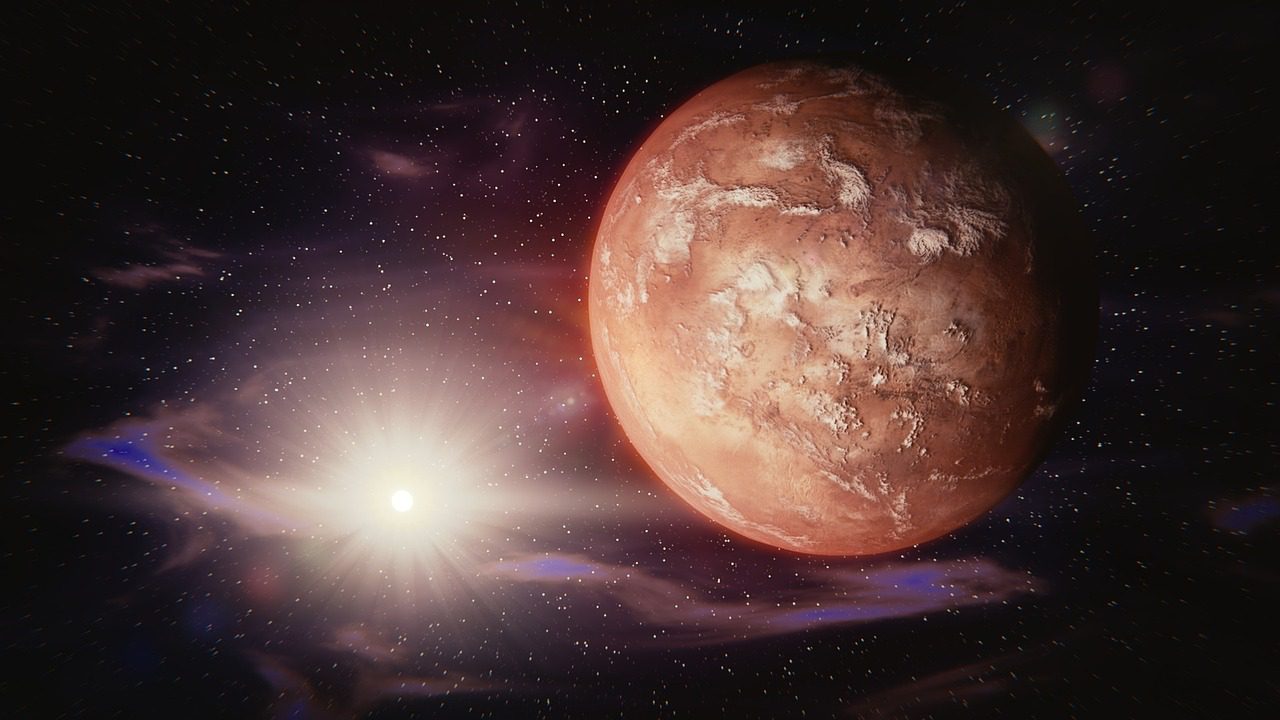Water was previously thought to have been present on Mars for at least three billion years. NASA’s Mars Reconnaissance Orbiter, for example, detected salt crystals that suggest water may have existed as recently as two billion years ago. The Zhurong rover data appears to support the idea that water was present on Mars for a longer period of time than previously imagined. In the Utopia Planitia area of Mars, it gathered data and discovered the presence of hydrated sulfate/silica minerals, which give rocks their vibrant hue.
A fascinating aspect of these rocks’ discovery is that they were discovered on top of ground ice. Future manned trips to Mars, which would need a significant volume of water, may find this to be an invaluable resource. Crewed missions need the use of water as rocket fuel, as well as a source of drinking water for astronauts. Because significant amounts of water cannot be transported by rocket, humans will have to discover water on Mars.
When it comes to crewed missions, most are wanting to go to sections of Earth that are closer to the Equator, even if there is plenty of water in those areas. As a result, astronauts will most likely have two options for getting water on the moon: either baking minerals to release water or melting ice.
New data
Mars was drastically different billions of years ago, and may possibly have resembled Earth. Water was thought to have been plentiful on the planet’s surface in the form of oceans, seas, and lakes. It is possible that life previously flourished in the dried-up bed of an old lake, which is being investigated by the Perseverance rover now.
There isn’t much water on Mars right now. Craters and the poles are two places where you may find water ice. In addition, water ice believed to exist under the planet’s surface has been hypothesized. However, future explorers will have a difficult task since there is no liquid water on the planet. There is disagreement among academics as to how long the surface was covered in water. Analyzing data from China’s Zhurong rover, researchers now believe the water may have remained on the surface longer than previously believed.
Using data from the microimaging camera and spectroscopy, researchers from China’s Academy of Sciences studied the composition of samples by analyzing what wavelengths of light they absorbed. Minerals on Mars were discovered to be hydrated, which indicates that they developed in the presence of water. Whenever there is water present, a substance is known as duricrust develops.














Leave a Reply